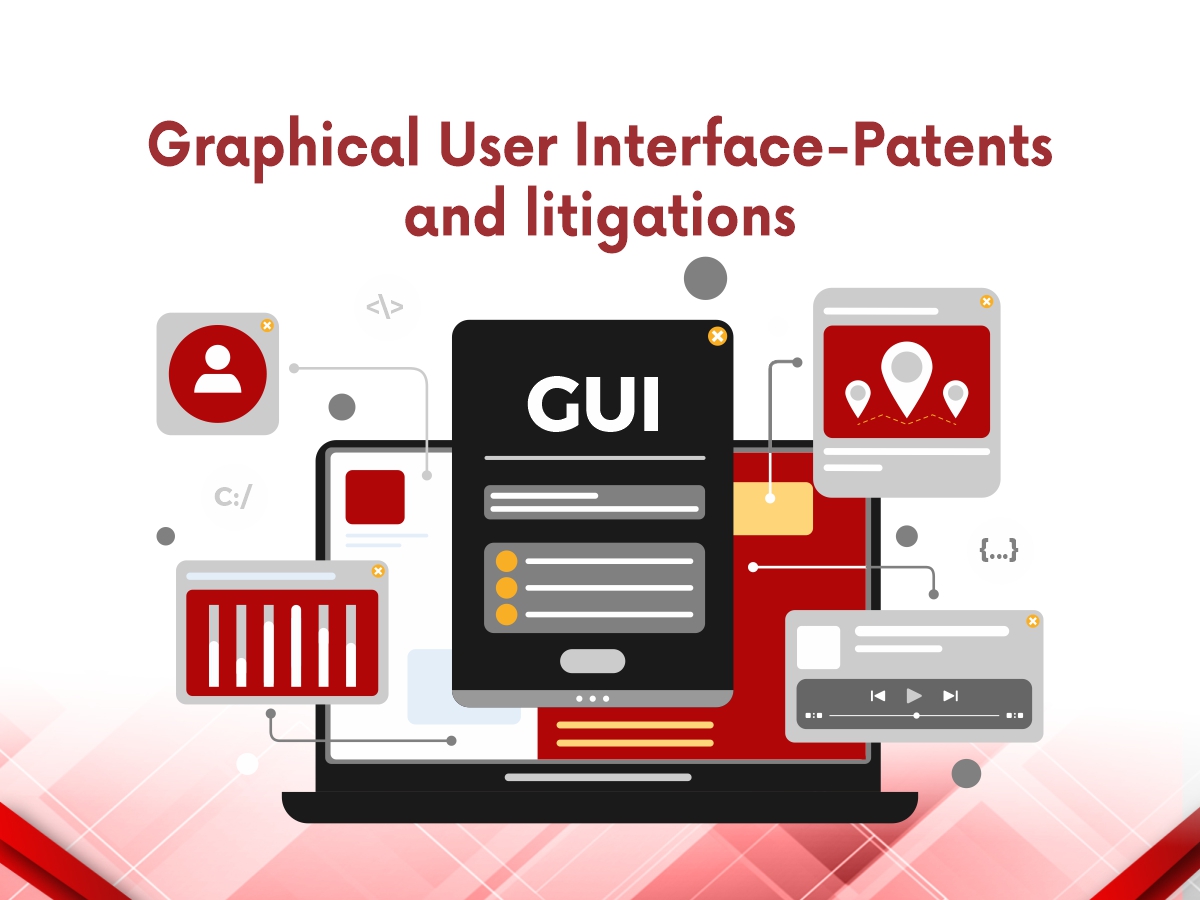
Graphical user interfaces (GUI) have gradually become a new trend in market competition and play an important role in the digital world because they enable users to interact with electronic devices in many different ways E.g. Mostly digital gadgets having display screen with design elements such as icons and menus.
Their growing importance and value as a company’s strategic assets, and the importance of design rights in protecting the appearance of graphical user interfaces increase worldwide in recent years.
Therefore, a variety of different knowledge may be useful like intellectual property rights, including designs, trademarks, copyrights and patents.
Graphical user interface design is a new field in the technology industry, especially in patents. In fact, the fastest growing part of designing applications is the graphical user interface. For example, companies that sell goods and services through their websites or mobile applications.
In addition, some companies have obtained GUI protection under the trade dress Law. Brand protection refers to the appearance of the graphical user interface, such as “look and feel.” Because the requirement to protect a trademark means that it has no function and should be unique or secondary, the graphical user interface may not be trademarked.
Visually unique and decorative items may be protected by trade dress, but such items may also be protected by copyright; however, if copyright protection is denied for lack of originality, trade dress protection may still be available. However, if the graphical user interface is inherently unique and inoperable, you can consider a trade dress
Symbols related to the graphical user interface can be protected by the registered design. They are the visual representation of the brand and represent topics related to the application. For example, a camera lens used to display a camera, an envelope used to display an email or application note. Third-party applications produce icons that express the branded application, thus it’s important to protect them.
Protecting graphical user interfaces through design has advantages over trademark or copyright protection:
35 U.S.C. §289 states that somebody who infringes on a design patent is vulnerable to the patent owner to the extent of his total profit. With a copyright, damages are restricted to the defendant’ make the most of the infringement itself.
Some well-known GUI design patents are:
As companies face more and more challenges in dealing with software applications, the protection of intellectual property in graphical user interfaces (such as design) has changed.
There was the one of the most famous case in china in which the Beijing China Intellectual Property Court rejected the first patent infringement lawsuit for graphical user interface design. The reason is that China’s current patent law prevents partial protection of products. In order to encourage the development of high-quality graphical user interfaces, developers can obtain patent protection. A law has also been raised in China from May 2014.
Beijing IP court has now dismissed the lawsuit on December 25 because there is no similarity of the products.
Chinese software companies Beijing Qihoo Technology Co., Ltd. and Qizhi Software Co., Ltd. have a secure graphical user interface. As a result, both companies wanted to use their intellectual property rights to file a lawsuit against Beijing Jiangmin Technology Co., Ltd. in the Beijing Intellectual Property Court. They believe that Beijing Jiangmin Technology violated the design entered on the graphical user interface sold by the company. The Beijing Intellectual Property Court rejected the lawsuit on December 25 on the grounds that the products were not equivalent or similar.
The reason: The accused company’s product is only software, not a combination of software under design.
© Copyright 2024 – Wissen Research All Rights Reserved.